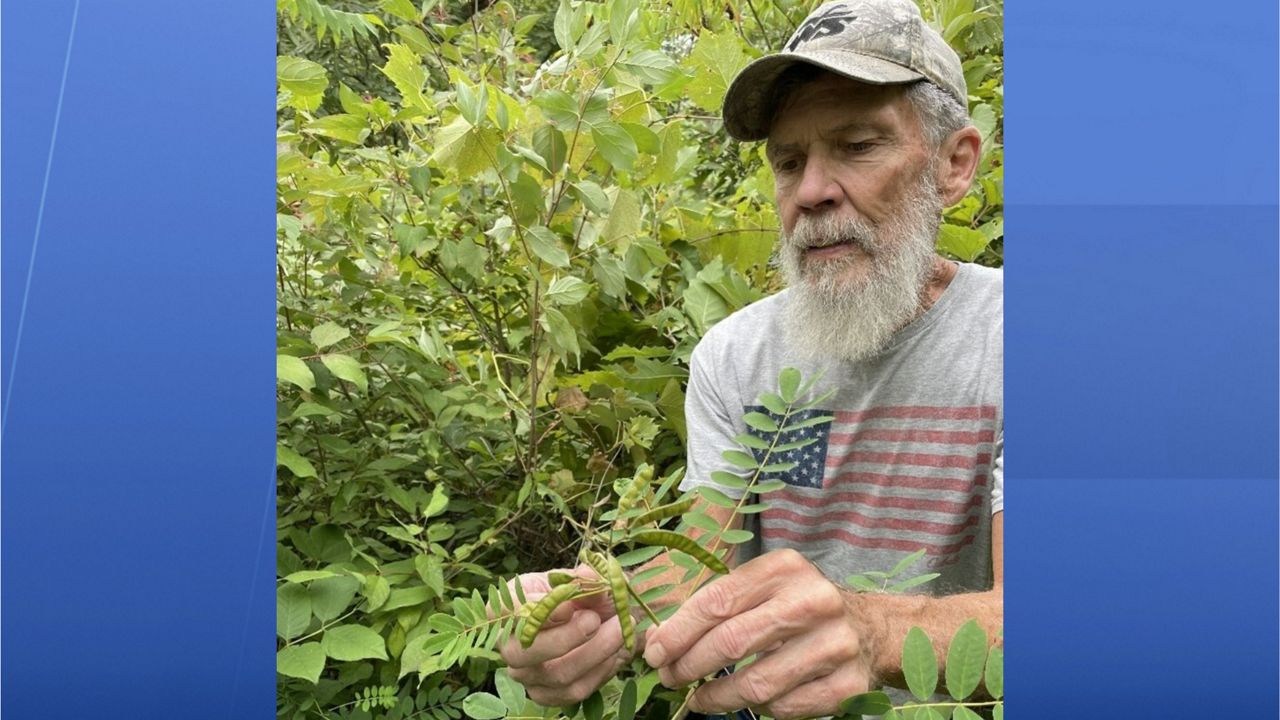WISCONSIN — A Wisconsin Department of Natural Resources volunteer rediscovered a rare plant.
The DNR said the Maryland senna has not been seen in Wisconsin since 1911, over 100 years ago.
DNR’s Rare Plant Monitoring Program volunteer George Riggin discovered the plant alongside DNR Habitat Biologist Bridget Rathman.
Of Wisconsin’s 2,366 native plant species, almost 15% are considered rare. Rare means that the plants are listed as “endangered, threatened or of special concern.”
There were 178 reports of rare plants in the state in 2023, according to the 2023 Annual Report. Some were found in areas of Wisconsin, where they hadn’t been documented before. More than 50 volunteers submitted those reports.
“I am continuously impressed by the botanical knowledge, enthusiasm and commitment to conservation that we see from our volunteers. Their efforts play a significant role in helping us understand the state of rare plants in Wisconsin and inform how we might conserve them,” said Jessica Ross, DNR Rare Plant Monitoring Program coordinator.
The Rare Plant Monitoring Program, which is the state’s largest source of rare plant data, began in 2013. It trains volunteers to check on the health and size of rare native plant populations across counties in the state. You can become a rare plant monitor here.




